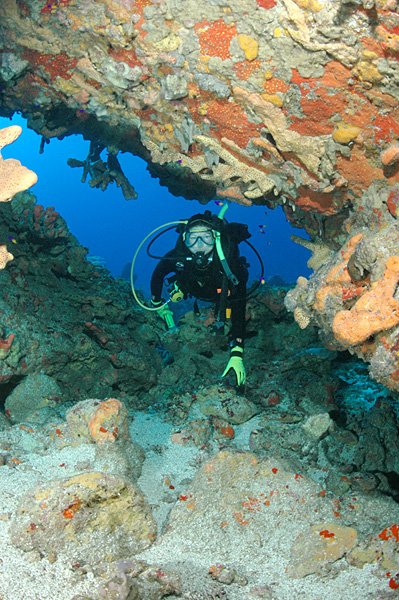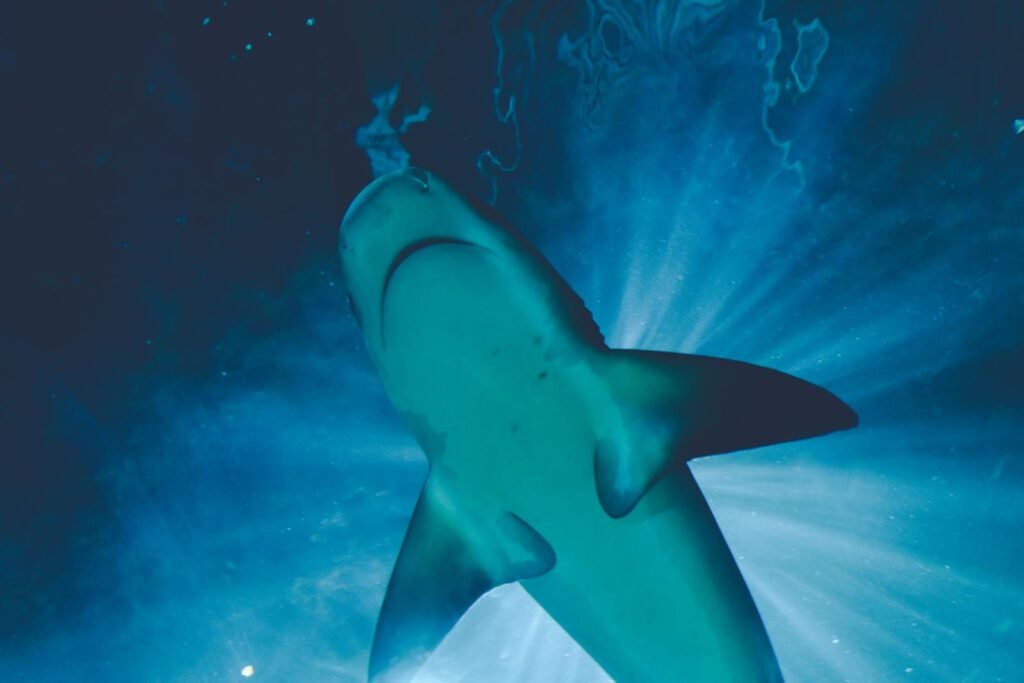Imagine slipping beneath the surface of a tranquil blue pool and descending into total darkness, your breath echoing in your ears. The water is cold and silent, but ahead lies a hidden world—one frozen in time, holding ancient secrets that could rewrite what we know about earth’s history. Underwater caves are more than just mysterious holes in the ground; they are portals to lost landscapes, time capsules crammed with fossils, human remains, and the haunting stories of worlds drowned by rising seas. These shadowy realms beckon scientists and explorers alike, promising discoveries that are as breathtaking as they are chilling. Why do we risk everything to explore them? Because within these submerged labyrinths, the past is waiting to be found.
The Mysterious Allure of Submerged Caves
Underwater caves stir something deep within us—a sense of adventure, curiosity, and, for some, outright fear. These hidden systems are often difficult to access, requiring specialized diving gear and nerves of steel. Yet, their inaccessibility is precisely what makes them so enticing. Few places on Earth remain as unexplored as underwater caves, with many systems still unmapped. The darkness conceals not only geological wonders but also clues about Earth’s ancient climates, the creatures that once roamed here, and even early humans who took shelter in these prehistoric spaces. Each dive into an underwater cave feels like entering another world, one where the rules of time and life are different.
How Underwater Caves Form: Nature’s Slow Magic
The creation of an underwater cave is a story millions of years in the making. Most begin as dry caves, carved by acidic rainwater that slowly dissolves limestone, forming labyrinths and chambers. When sea levels rise—due to melting glaciers or shifting tectonic plates—these caves become submerged. In some places, like Mexico’s Yucatán Peninsula, the entire region is riddled with cenotes and cave systems, each telling a tale of ancient seas and sunken forests. This slow transformation locks away whatever was inside at the time—plants, animals, sometimes even people—preserving them for future discovery.
The Fossil Vaults: Life Preserved in Darkness
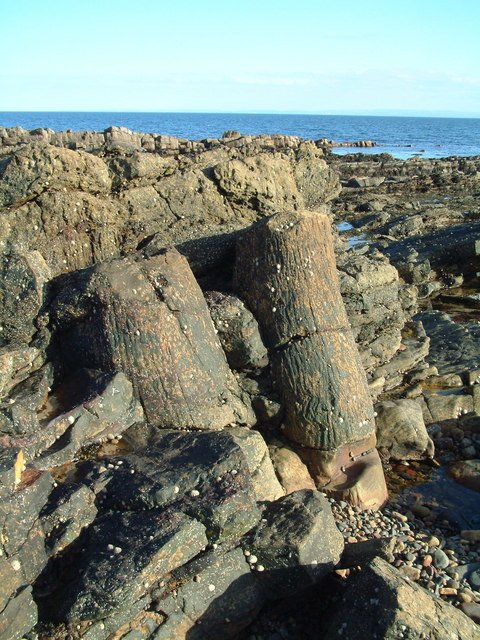
Imagine stumbling upon the bones of a saber-toothed cat or the skeleton of a giant ground sloth while swimming through a pitch-black tunnel. Underwater caves are some of the best fossil vaults on the planet. The lack of light and oxygen slows down decay, helping to preserve bones, shells, and sometimes even soft tissues. In Florida, for example, divers have discovered fossilized mastodons and ancient horses, offering a glimpse into an Ice Age ecosystem now lost beneath the water. These remains help scientists piece together the story of evolution, extinction, and the dramatic changes that shaped our world.
Human Remains: Echoes of Forgotten Lives
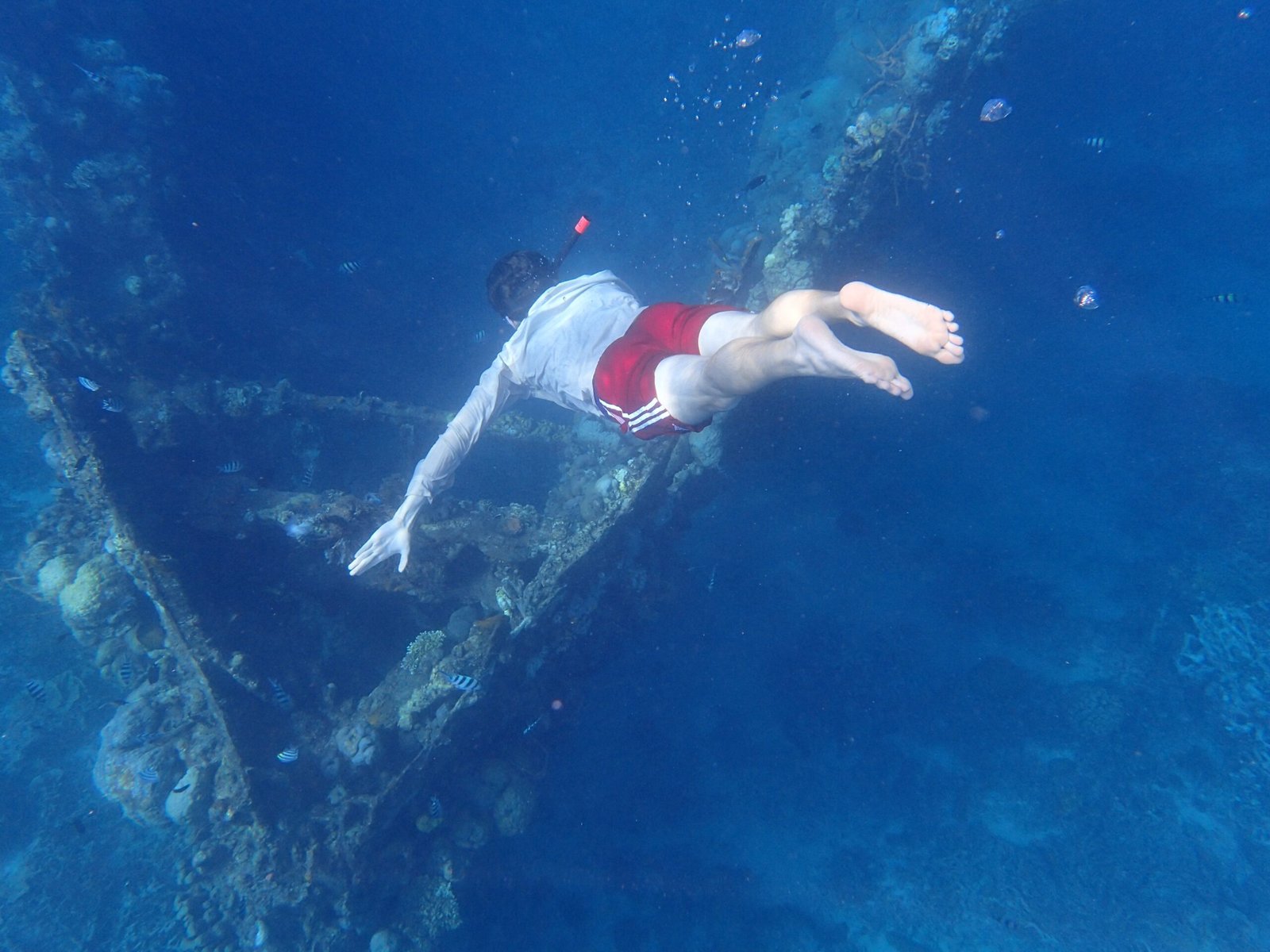
Some of the most haunting discoveries in underwater caves are the remains of ancient humans. These bones are more than just relics; they are evidence of our ancestors’ resilience and adaptability. In Mexico’s Hoyo Negro cave, scientists found the nearly complete skeleton of a teenage girl who lived over 12,000 years ago. Nicknamed “Naia,” she became a bridge between ancient Americans and modern Native peoples. Her bones, preserved in the still, mineral-rich water, tell a story of migration, survival, and perhaps tragedy. Every human skeleton pulled from these caves reminds us how closely our fate is tied to the shifting Earth.
Artifacts and Tools: Clues to Prehistoric Survival
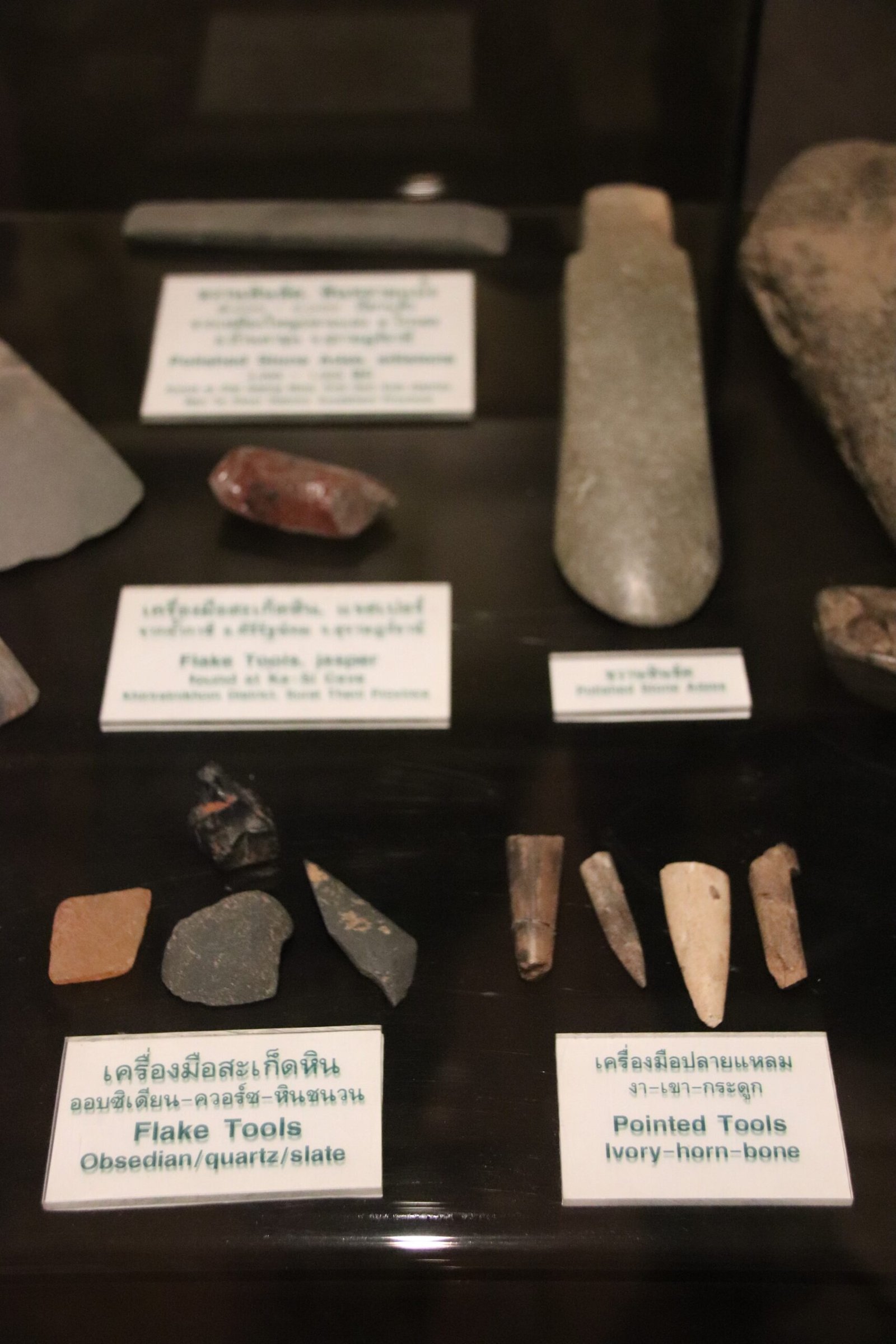
It’s not just bones that wait in the darkness—sometimes, explorers find objects left behind by early humans. Stone tools, spear points, and even traces of ancient fires have been discovered on the floors of underwater caves. These artifacts reveal how people once adapted to a landscape that was very different from today. For example, in the caves beneath the Mediterranean and the Caribbean, divers have uncovered pottery and fishing gear, suggesting that people used these spaces as shelters or hunting grounds before rising water levels sealed them away forever. These finds help fill in the gaps of human history, showing how ingenuity allowed our ancestors to thrive in changing environments.
The Science of Drowned Worlds: What We’re Learning
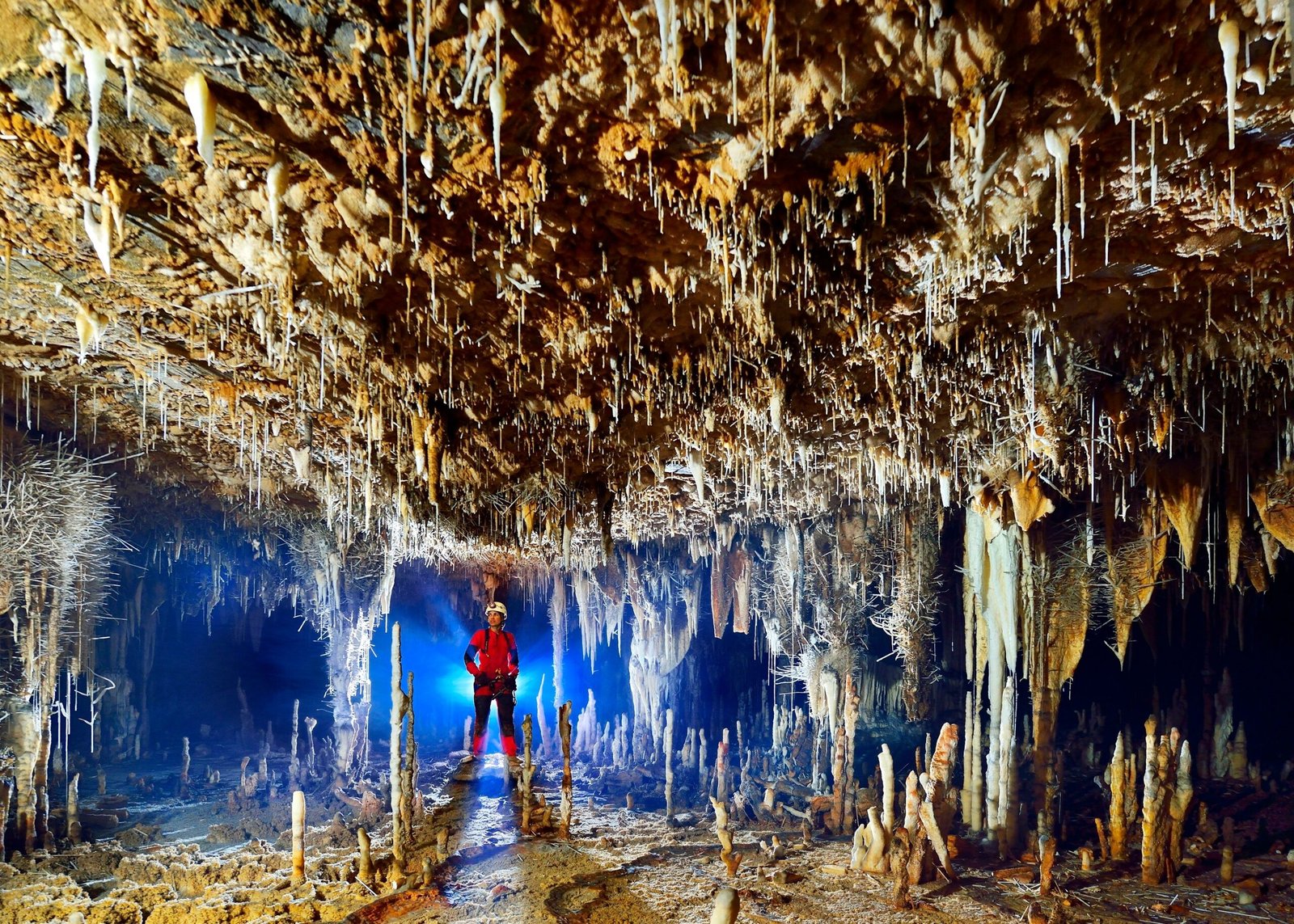
Underwater caves are like time capsules packed with data. By studying layers of sediment, mineral deposits, and fossilized remains, scientists can reconstruct ancient climates, sea levels, and even natural disasters. For instance, stalagmites and stalactites in these caves can be analyzed for chemical signatures that reveal past rainfall patterns and droughts. This information is crucial for understanding how climate change shaped ecosystems and human societies in the past—and how it might affect us in the future. The science coming out of drowned worlds is helping us prepare for the challenges ahead.
Stunning Biodiversity: Life in the Abyss
Despite the darkness, underwater caves are teeming with life—much of it found nowhere else. Blind fish, ghostly shrimp, and strange bacteria thrive in these isolated environments, evolving unique adaptations to survive without sunlight. Some species found in Mexican cenotes, for example, have lost their eyes and pigmentation completely, relying on other senses to navigate. Scientists are fascinated by these creatures, as they offer insights into evolution, adaptation, and the boundaries of what life can endure. Exploring underwater caves is like visiting an alien planet, full of bizarre and beautiful surprises.
Cave Diving: The Ultimate Adventure and Risk
Cave diving is widely considered one of the most dangerous sports in the world. Divers must navigate tight passages, unpredictable currents, and total darkness, all while carrying heavy gear. There is little room for error; a single wrong turn can be fatal. Yet, the lure of discovery draws explorers back again and again. They are modern-day adventurers, risking their lives to bring back knowledge from places few have seen. Stories of lost divers serve as a sobering reminder of the risks, but the rewards—scientific and personal—are immense. For many, the danger only adds to the thrill.
Technological Marvels: How We Explore the Depths
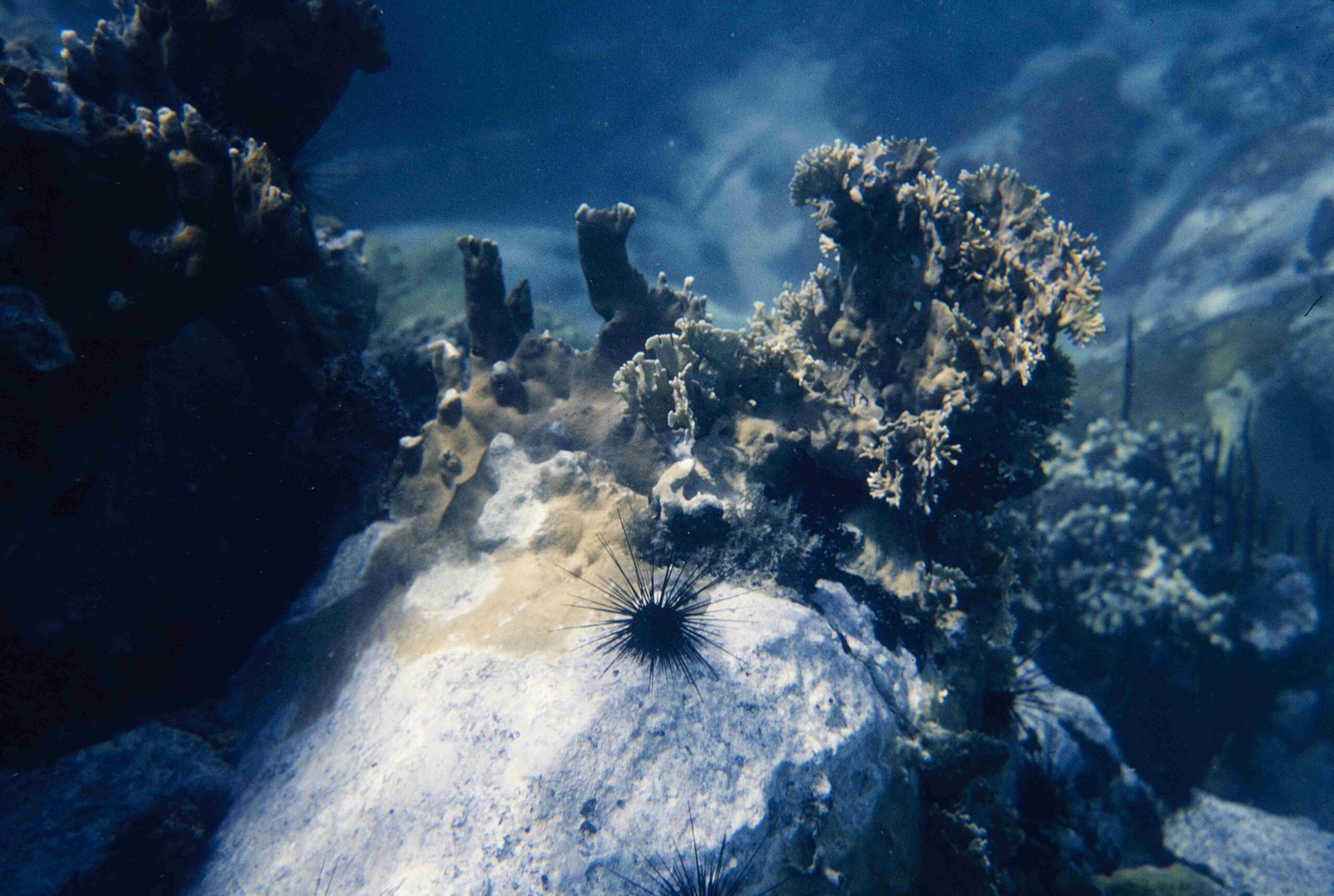
Advances in technology have revolutionized underwater cave exploration. Modern divers use high-powered lights, advanced rebreathers, and mapping software to push deeper and stay longer. Remotely operated vehicles (ROVs) and 3D sonar imaging now allow scientists to map cave systems without putting human lives at risk. These tools have revealed enormous chambers, intricate passageways, and hidden rooms that were once thought impossible to reach. Every new gadget offers another way to peel back the layers of these submerged worlds, making the invisible visible and the unreachable reachable.
The Yucatán Cenotes: Windows to the Maya Past
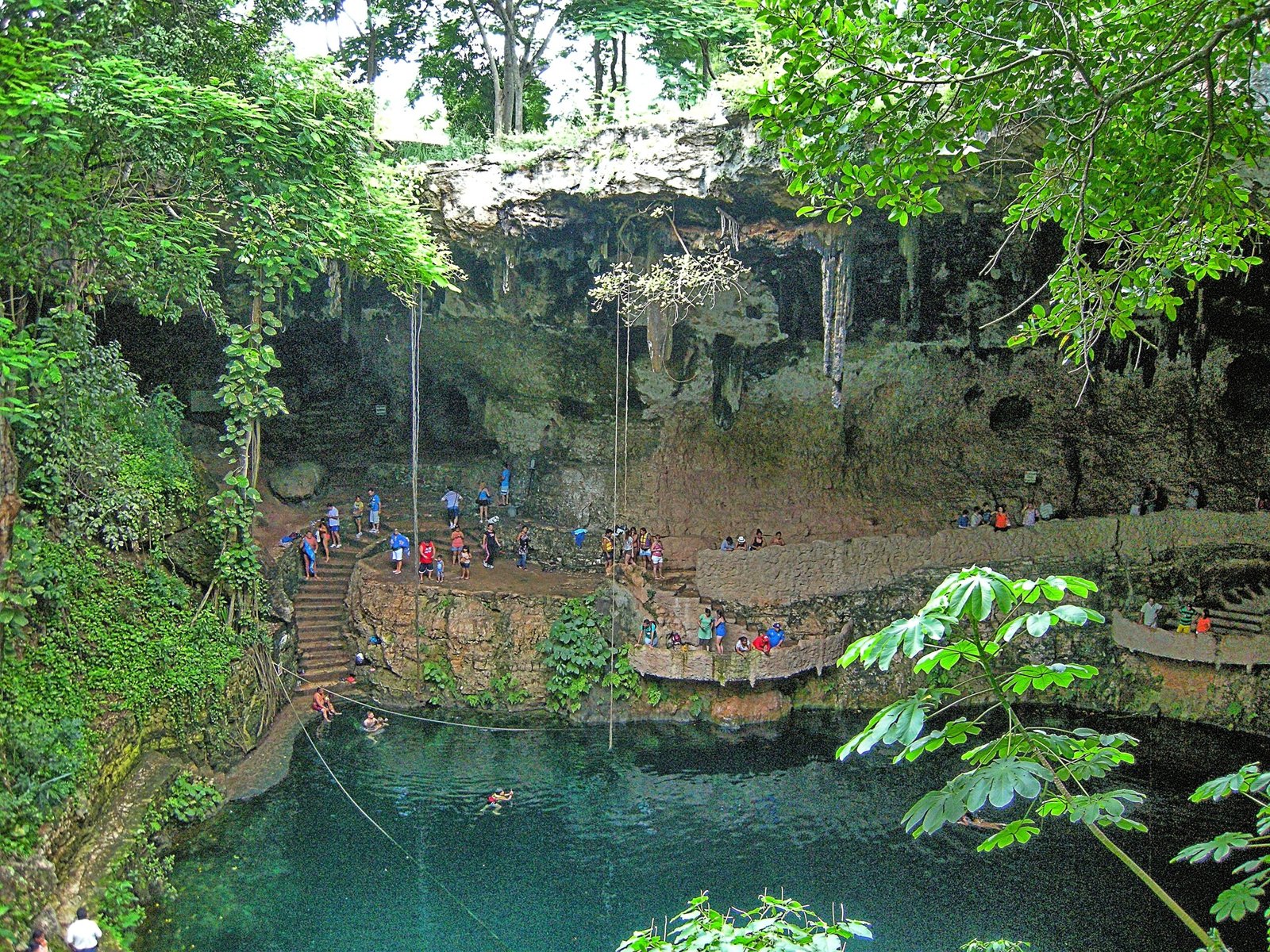
The cenotes of Mexico’s Yucatán Peninsula are legendary. These deep, water-filled sinkholes connect to vast cave systems and have yielded some of the most spectacular archaeological finds in the world. The ancient Maya considered cenotes sacred, using them for rituals and burials. Divers have found human skeletons, jade jewelry, and even gold offerings deep within these underwater chambers. Each discovery sheds light on the beliefs, fears, and daily lives of the Maya people, connecting us to a civilization that flourished—and vanished—centuries ago.
Florida’s Karst Labyrinths: Fossils and First Americans
Florida’s underwater caves are a treasure trove of Ice Age fossils and early human remains. In places like the Aucilla River and Wakulla Springs, divers have unearthed bones from mammoths, mastodons, and giant armadillos. Even more astonishing are the signs of some of North America’s earliest people. Tools, butchered animal bones, and campfire remains suggest that humans were living in Florida thousands of years earlier than once believed. These discoveries challenge old assumptions about the peopling of the Americas and hint at lost chapters in our shared story.
The Mediterranean’s Sunken Secrets
Beneath the warm waters of the Mediterranean lie caves that once sheltered prehistoric humans. In places like the Franchthi Cave in Greece and the caves of the Balearic Islands, divers have found evidence of ancient burials, tools, and even prehistoric art. Rising sea levels during the end of the last Ice Age submerged these sites, preserving them for millennia. The finds from these caves offer rare glimpses into how Stone Age people adapted to changing coastlines, hunted marine animals, and built the first boats to cross open seas.
Hidden Hazards: The Perils of Preservation
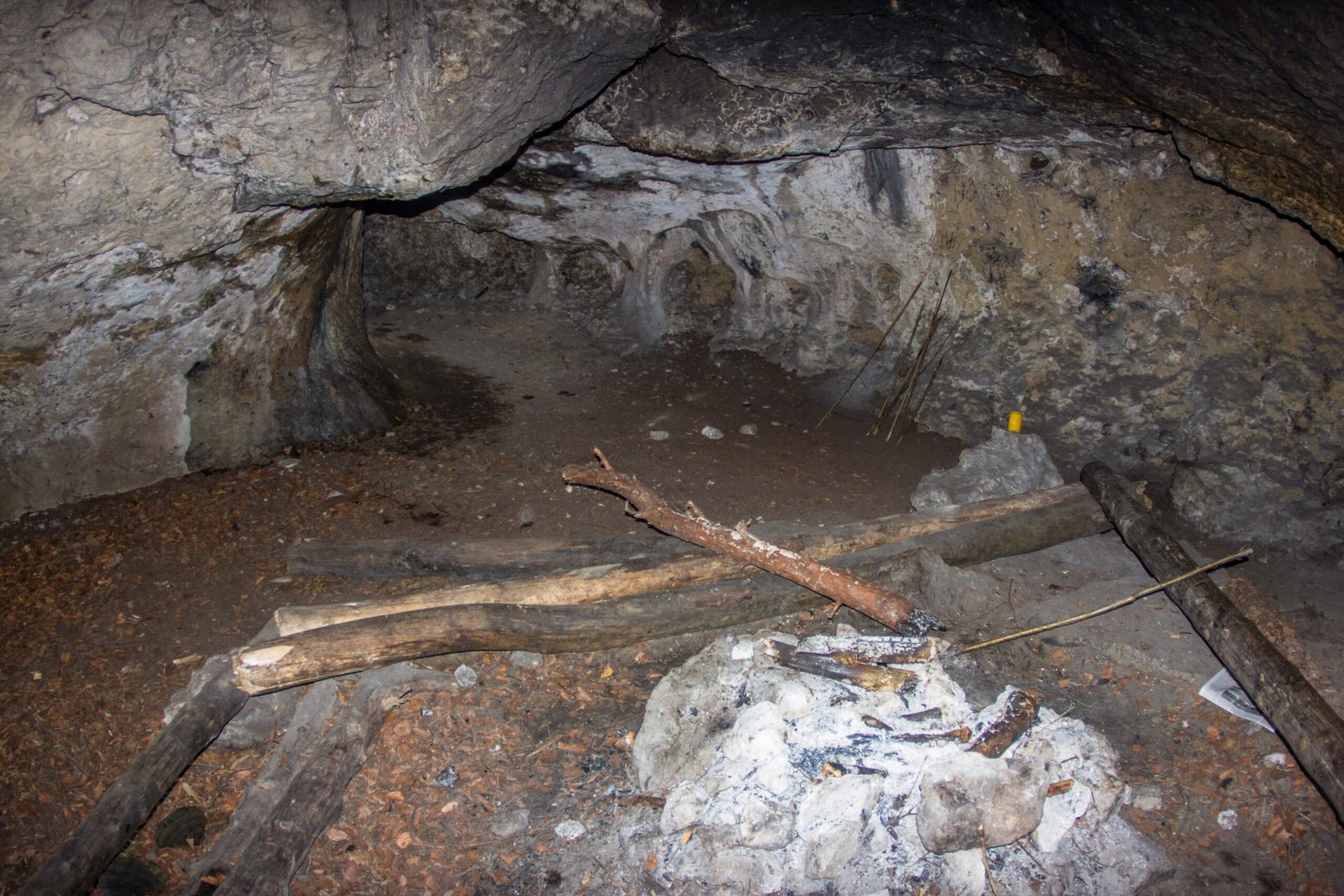
Preserving the treasures found in underwater caves is a race against time. Once exposed to air and light, ancient bones and artifacts can deteriorate rapidly. Even the act of removing them from the water can cause damage. Scientists must work quickly and carefully, using special techniques to stabilize and conserve delicate finds. There’s also the danger of looting and vandalism, as these sites become more widely known. Protecting these underwater archives is a challenge that requires cooperation between scientists, governments, and the diving community.
The Role of Underwater Archaeology

Underwater archaeology is more than just diving for artifacts—it’s a science that combines geology, biology, and history. Archaeologists use careful excavation methods, digital mapping, and laboratory analysis to piece together the stories buried in these drowned worlds. Every find is cataloged, recorded, and studied, adding to our understanding of how people lived, migrated, and survived in the past. Underwater archaeology is still a young field, but its discoveries are transforming our view of human history and prehistoric environments.
Climate Change: Lessons from Submerged Worlds
The story of underwater caves is, in many ways, the story of climate change. These caves became submerged as glaciers melted and sea levels rose at the end of the last Ice Age. By studying their layers and contents, scientists learn how ecosystems responded to rapid environmental shifts. This helps us predict what might happen as today’s climate warms and seas rise again. The drowned worlds of the past offer a window into our future, reminding us how quickly landscapes can change and how important it is to adapt.
Personal Stories from the Depths
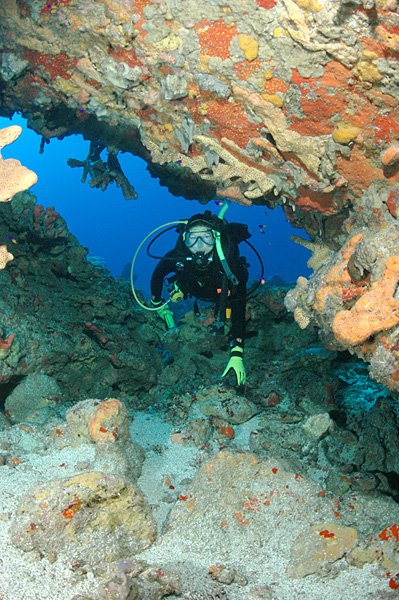
Every diver who enters an underwater cave has a story to tell. Some speak of the eerie silence, the feeling of being utterly alone in a place untouched for millennia. Others describe the rush of discovery—seeing a fossil or artifact that hasn’t been touched since mammoths walked the earth. For many, these moments are transformative, changing the way they see the world and their place in it. The experience is often described as humbling, inspiring awe and a deep respect for the power of nature and time.
The Future of Exploration: What Lies Ahead?
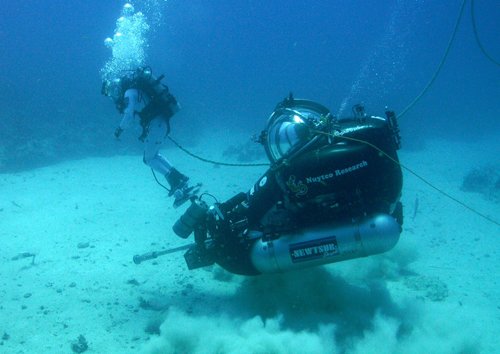
With every year, new technologies and fresh curiosity push the boundaries of underwater cave exploration. Scientists hope to find even older human remains, new species, and evidence of ancient disasters. There are whispers of vast, unexplored systems beneath the Amazon, Africa, and Asia, waiting for brave divers and researchers to unlock their secrets. The next generation of explorers will use drones, artificial intelligence, and virtual reality to map and study these worlds without ever getting wet. The possibilities are as limitless as the darkness beneath our feet.
Protecting Our Hidden Heritage
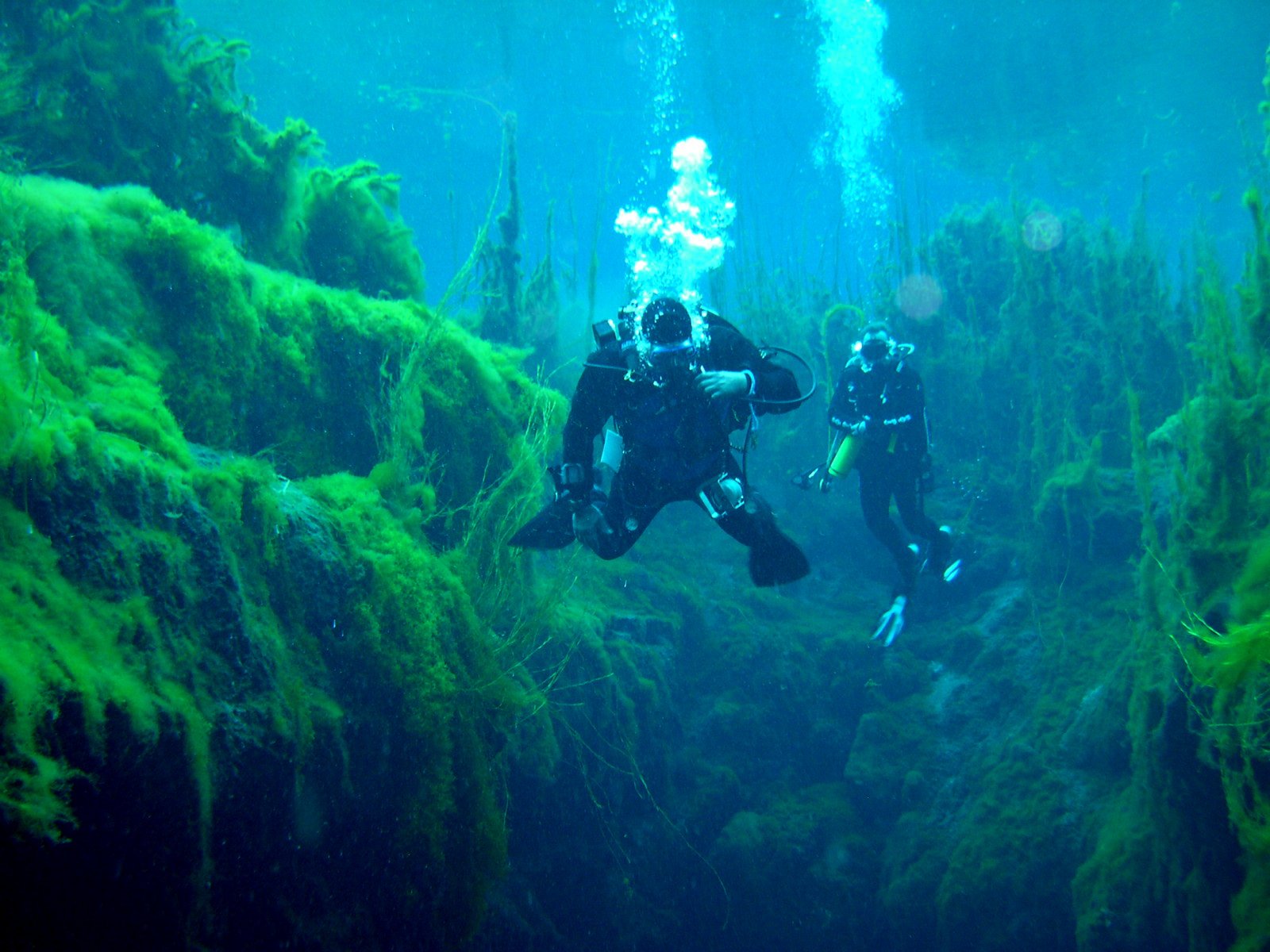
As word spreads about the wonders hidden in underwater caves, there’s a growing movement to protect these fragile environments. Conservationists are working to establish protected areas, regulate diving, and educate the public about the importance of preservation. These efforts are crucial—not only for science but for our sense of wonder and connection to the past. After all, once these secrets are lost, they can never be replaced. The responsibility to protect them belongs to all of us.
Why We Keep Searching: The Human Drive for Discovery
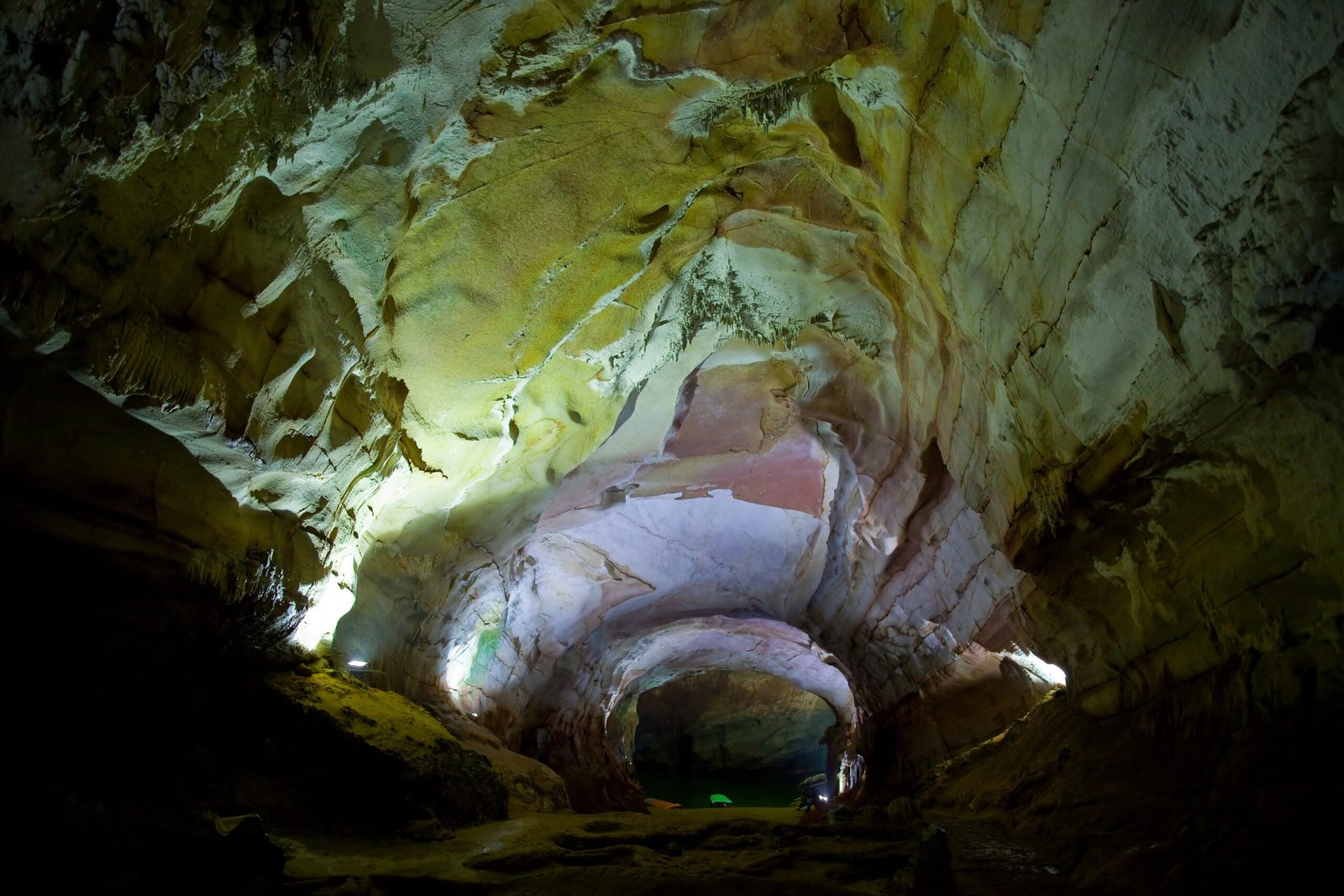
What is it that draws us into the depths, again and again? Perhaps it’s the hope of finding something that changes everything—a new species, a missing link in our family tree, or a message from a vanished world. Or maybe it’s something simpler: a longing for mystery, adventure, and the thrill of the unknown. Underwater caves remind us that the world is still full of secrets, waiting to be uncovered by those brave enough to look.
The secrets of underwater caves are more than just scientific curiosities—they are stories of life, death, and survival, locked away beneath stone and water. Each discovery is a reminder that our world is ancient, mysterious, and filled with wonders we have only begun to explore. What do you think might still be waiting in the darkness below?

